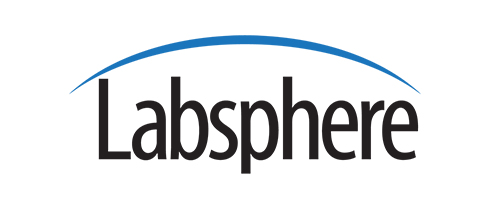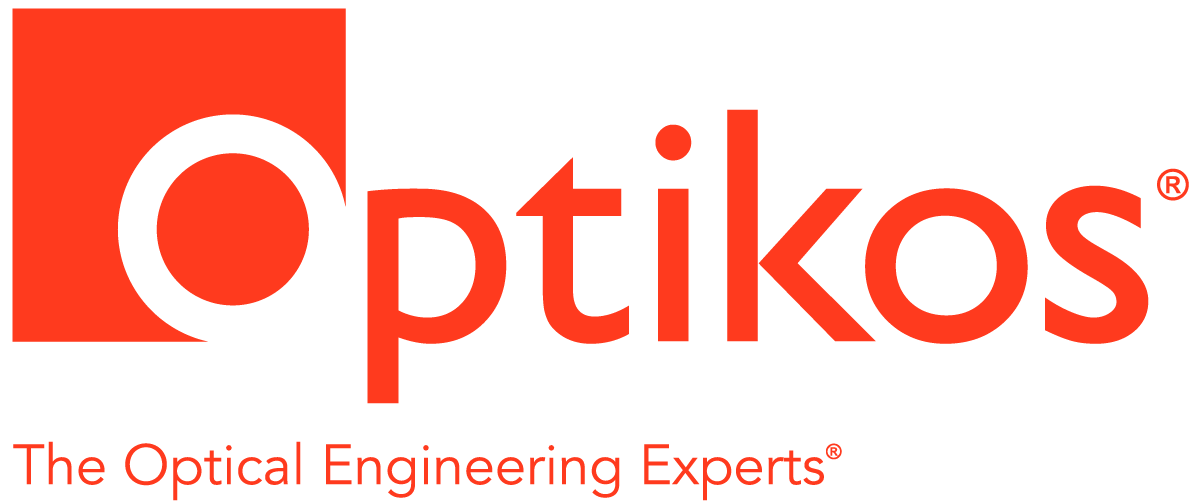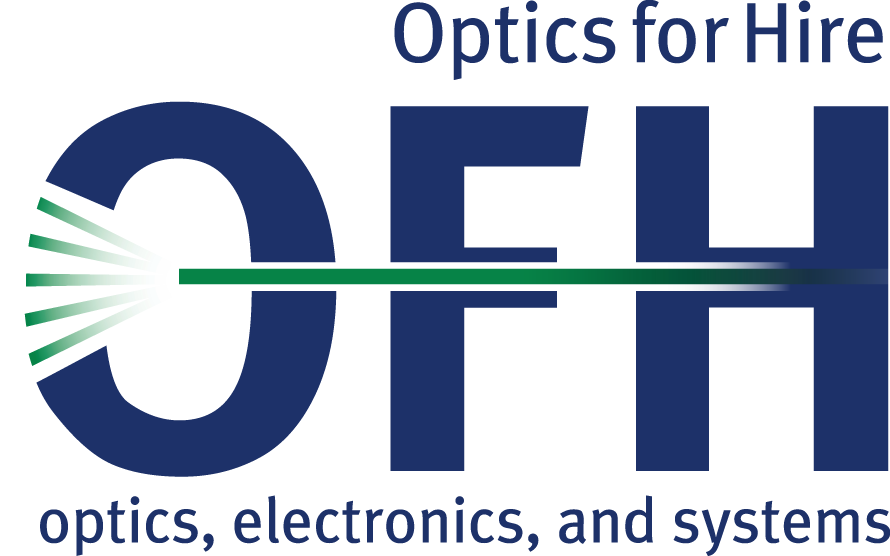Talks Inspired by Douglas Goodman
Polychrome Laser Diode Platform
Optical Engineering at Polaroid With Douglas Goodman
Douglas Goodman was an OSA fellow, an inspiring and dynamic speaker, and a local section member from 1993 to 2002. He passed away May 14, 2012. Several talks on topics in which he was interested will be presented by speakers who knew and worked with him.
Polychrome Laser Diode Platform (Bill Plummer and Jeff Roblee) - Polaroid once designed and built a high-resolution printer for digital halftone medical images on a proprietary transparent material. It used four diode lasers in an optical system that evolved into an expensive assembly. About 15 years ago we were asked to make a new print head with the same dimensions, same weight, same mechanical attachments, the same laser diodes, twice the total power, easy maintenance, and a more rugged structure, but for a much lower cost.
We started by defining just what features we wanted to keep, what features we wanted to improve, and what features we wanted to keep flexible. With this simple but unusual discipline in place we talked regularly with each other across a wide range of technical specialties, then identified and solved all the problems. We succeeded in all of our goals by reversing many of the company’s earlier mechanical design concepts, manufacturing practices, and corporate cultural assumptions, in a way that was fun and may be useful for all development projects.
Several hundred copies of our resulting electro-opto-mechanical structure were manufactured. They had diverse commercial applications beyond printing pictures.
Optical Engineering at Polaroid With Douglas Goodman (Peter Clark) - I was a colleague and friend of Doug's during his years at Polaroid, so I'll discuss a couple of interesting projects that benefited from his insights:
1- A low cost compact fingerprint imaging system that utilized total internal reflection and afocal optics to create high contrast digital images.
2- A simple way to measure MTF of digital cameras, using easily produced targets and easily written software. Sure, some compromises are made, compared with ISO-specified methods, but the result is a method that lends itself to high speed production applications.
Read more: October 18, 2012 - Peter Clark, William Plummer, Jeff Roblee




